No products in the cart.
15th C. German Gauntlets (88101)
—- SOLD —-
15th C. German Gauntlets
Provenance: Private collection,
Condition: Very good.
Advancements in arms and armor were for much of the medieval period a series of “one-upmanship” affairs. That is, armor would be designed to mitigate the effects of current weaponry, and weaponry would be adapted to counteract this protection. Blades that could cut boiled or hardened leather were countered with brigandine armor, which were met with stronger blades and axes, which were met with chain mail with padded gambesons beneath for shock absorption. Chain mail could be split, though, which led to advancements in the area of plate armor. Constructed from solid pieces of steel linked at the joints by chain mail or smaller plates, plate armor was a significant leap forward in technology. While swords could be made with stiff, rigid blades to attack the joints and bludgeoning weapons such as maces and war hammers were still a threat, the development of plate armor represented the dawning of a new era of warfare.
With the advent of plate armor came new opportunities for artistic expression. There are limits to the decoration one can add to chain mail, and while leather can be carved and painted it is ineffective for protection. Plate mail, though, provides a canvas for artisans to express their skills, and nowhere were these skills more broadly express than in Renaissance Europe. The artisans of Italy, Germany, and elsewhere developed many techniques to decorate armor to showcase their skills, draw attention to the wearer, and pay tribute to their lords. Gilding, inlay, damascening, encrusting, embossing, etching, engraving, and pointillé decoration were all used with great effectiveness to create designs of surpassing beauty. As these pieces of armor were works of art in their own right, many surviving examples exist in museums and private collections around the world. It is from one of these private collections that this set comes to us.



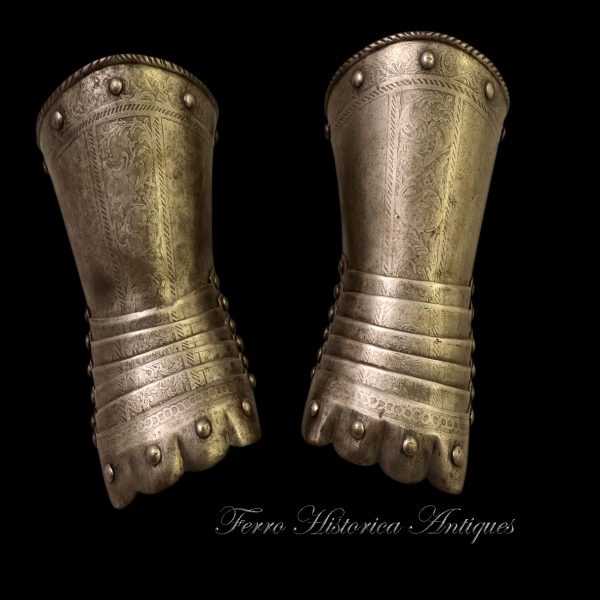
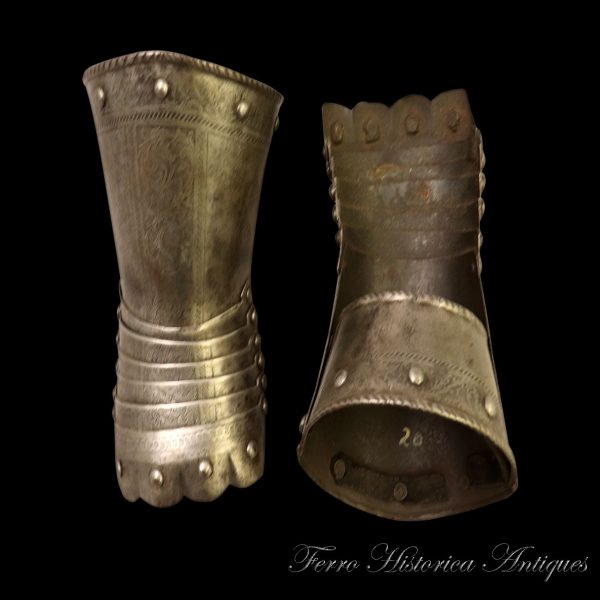
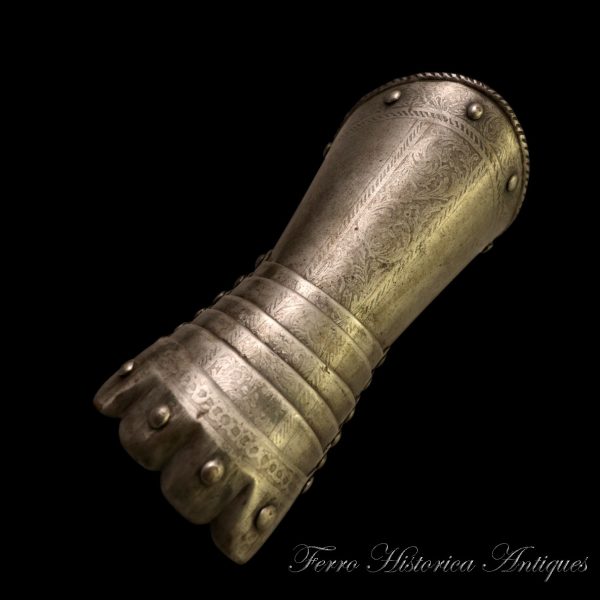
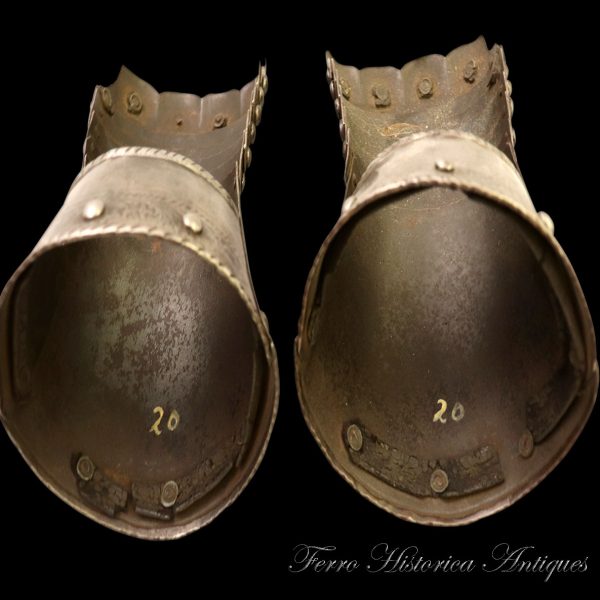
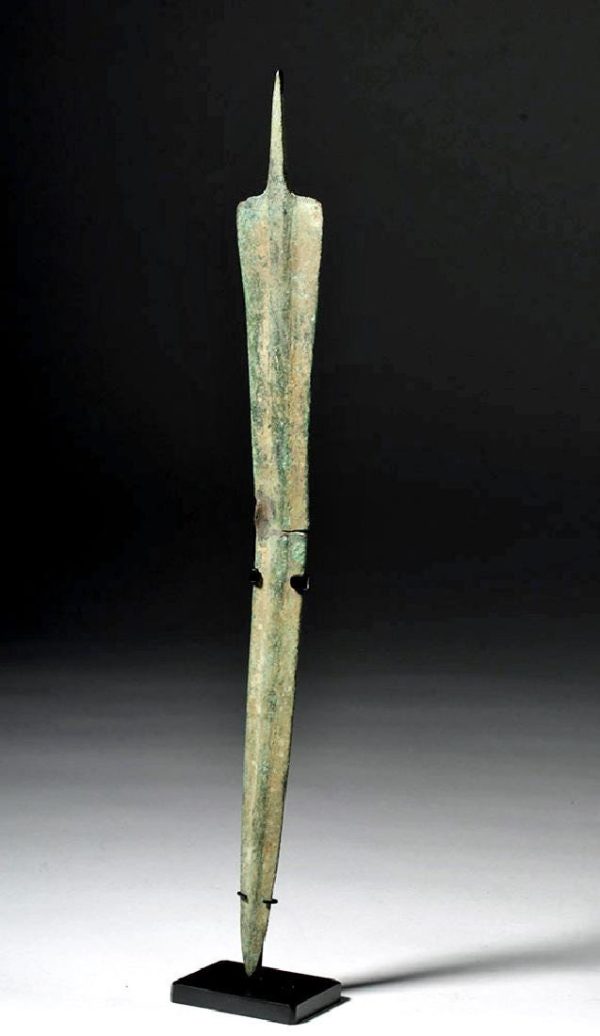
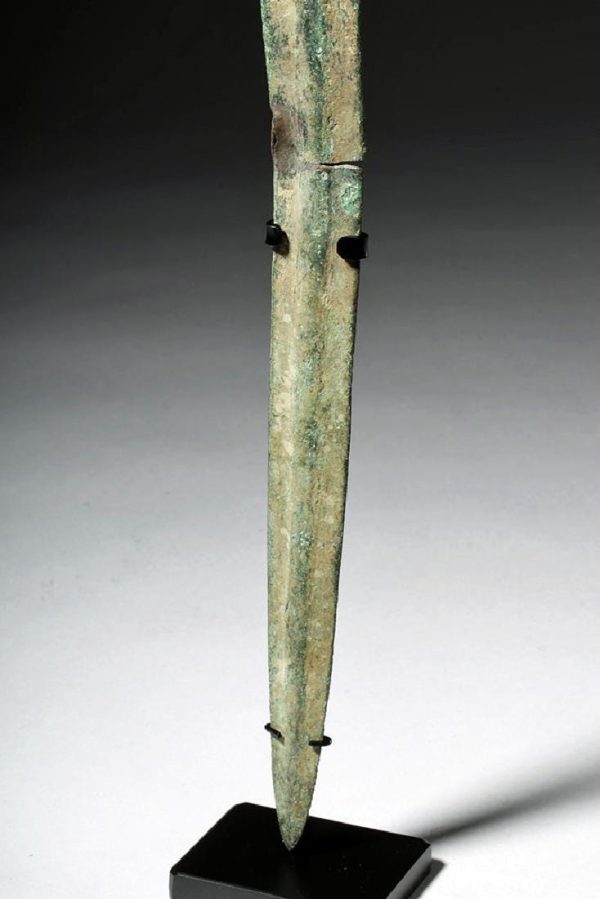
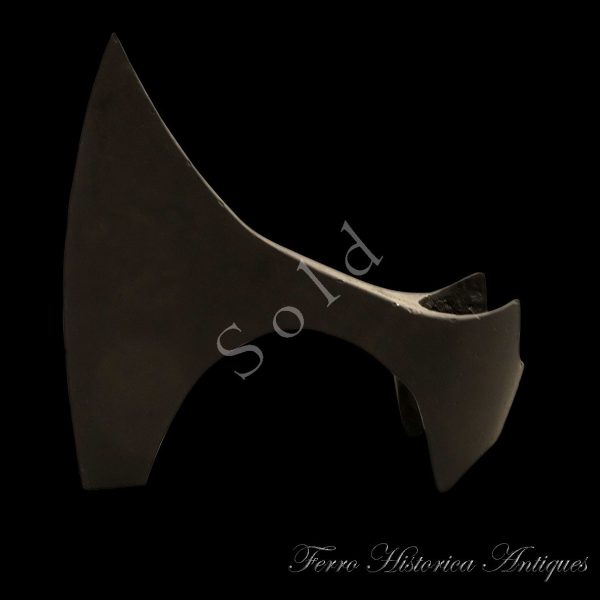
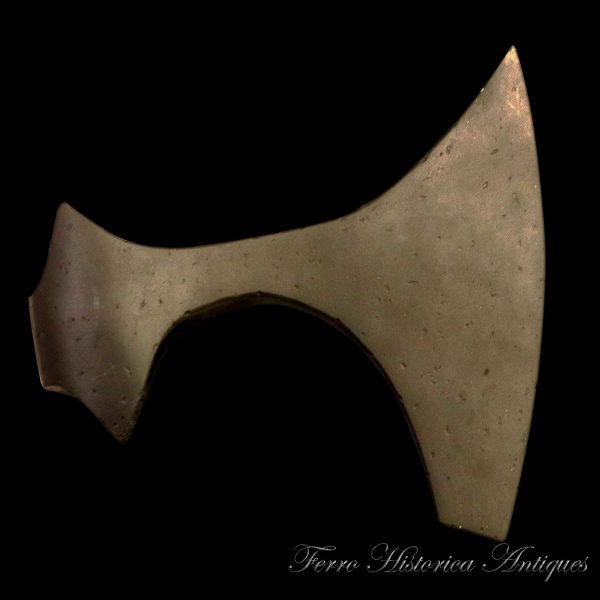
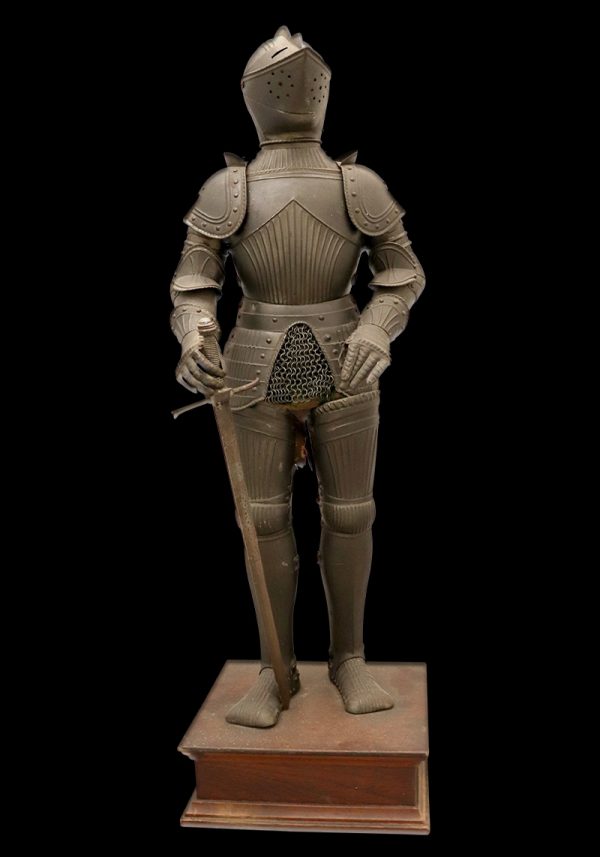
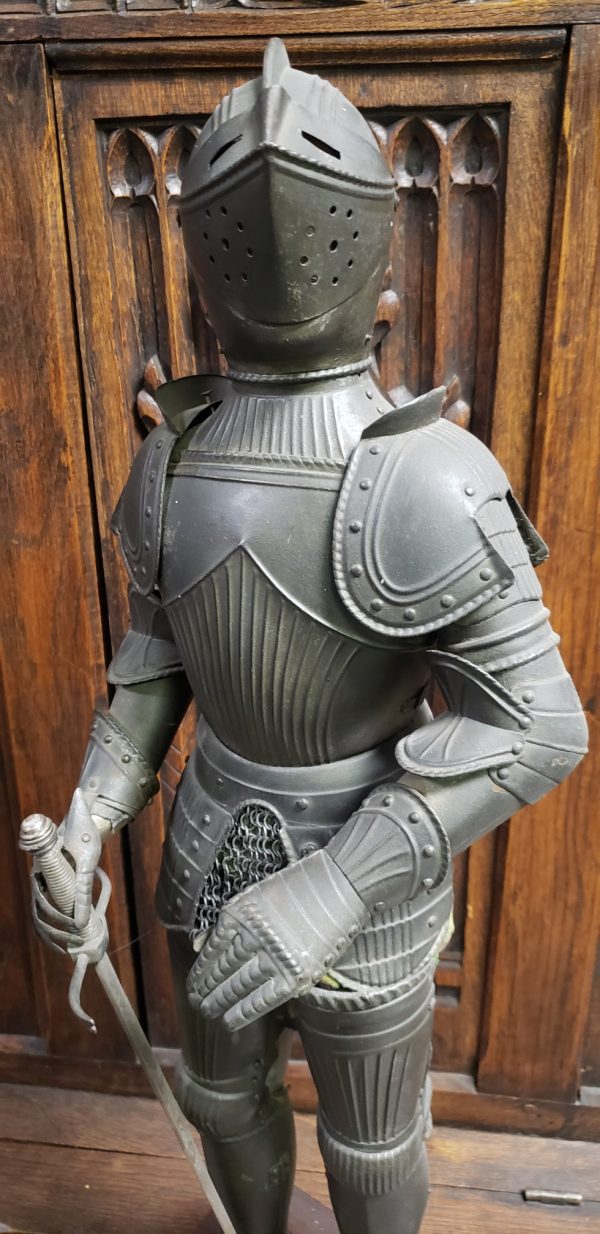
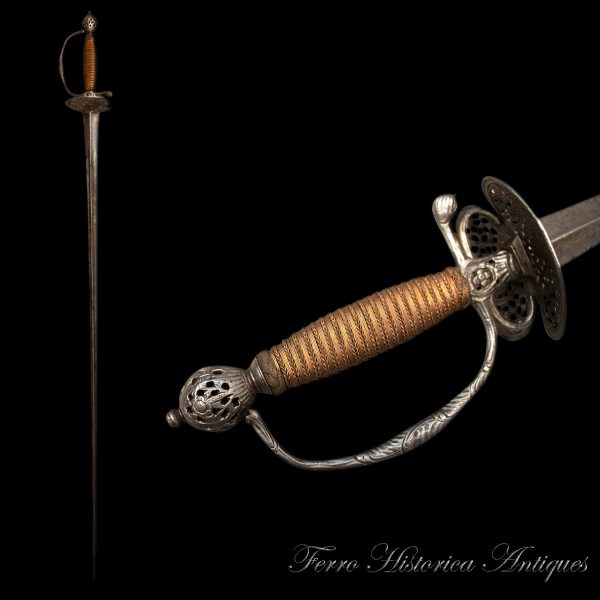
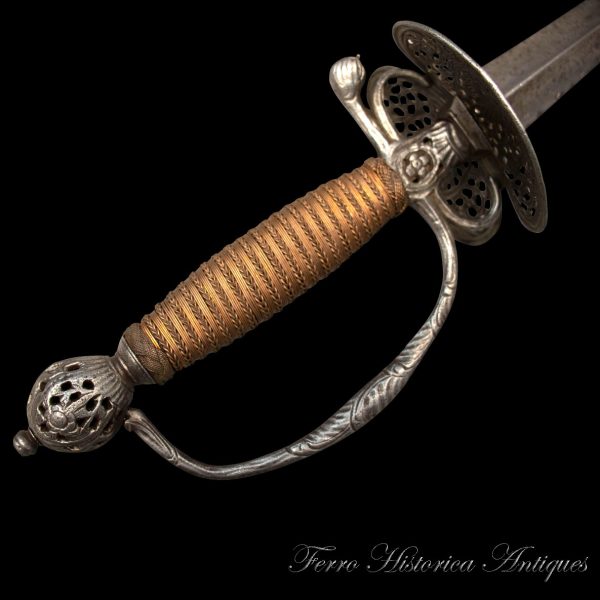
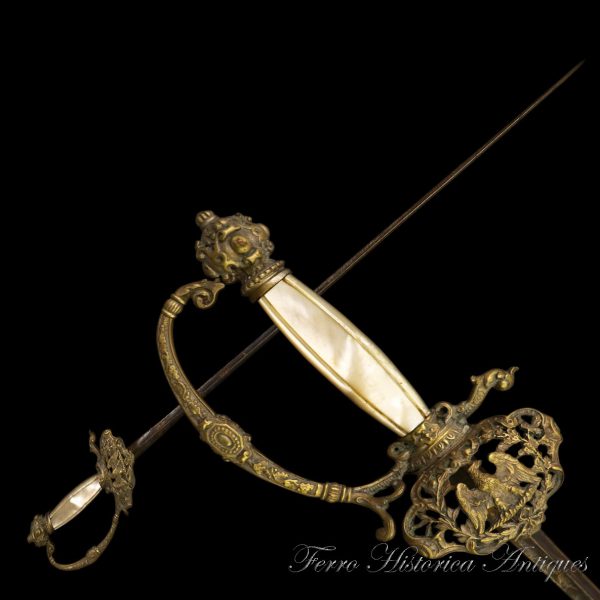
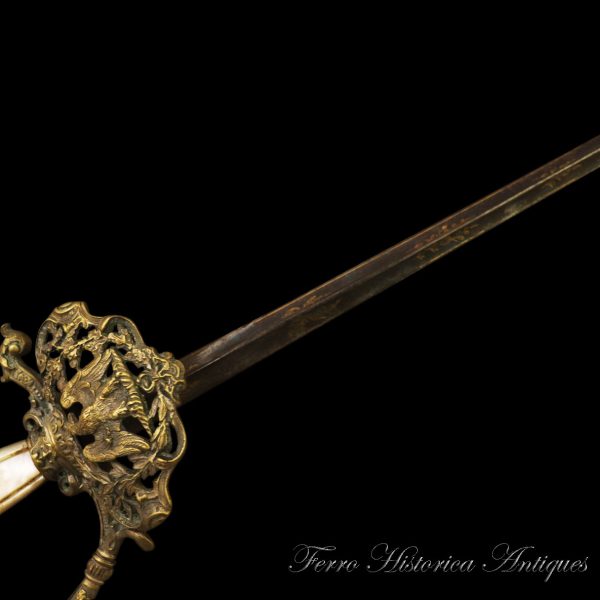
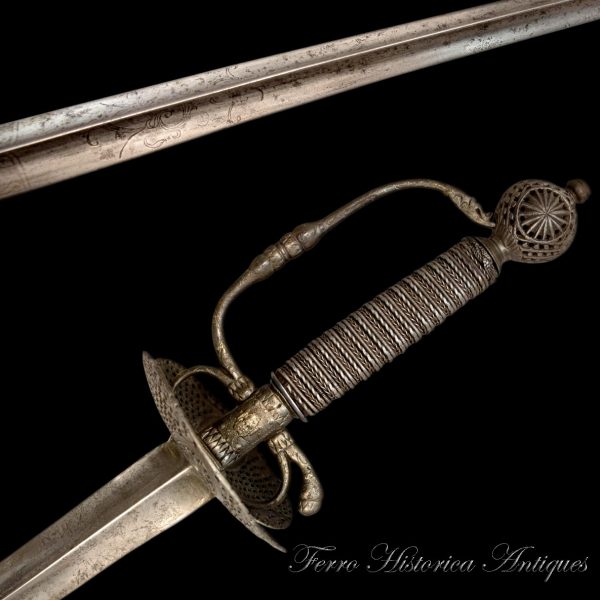
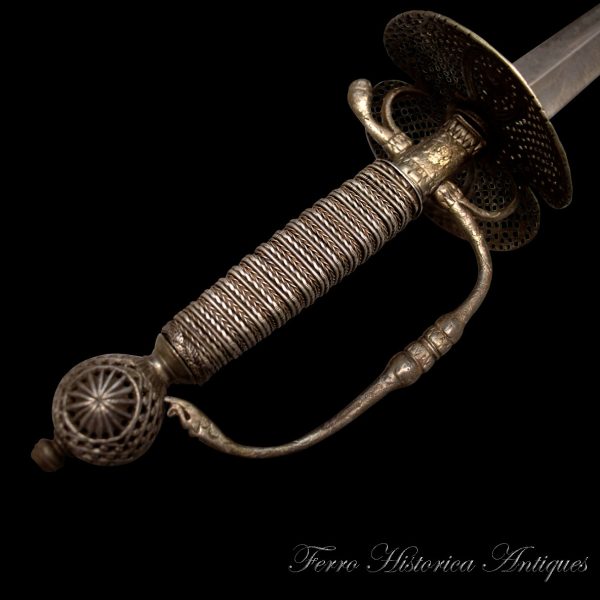
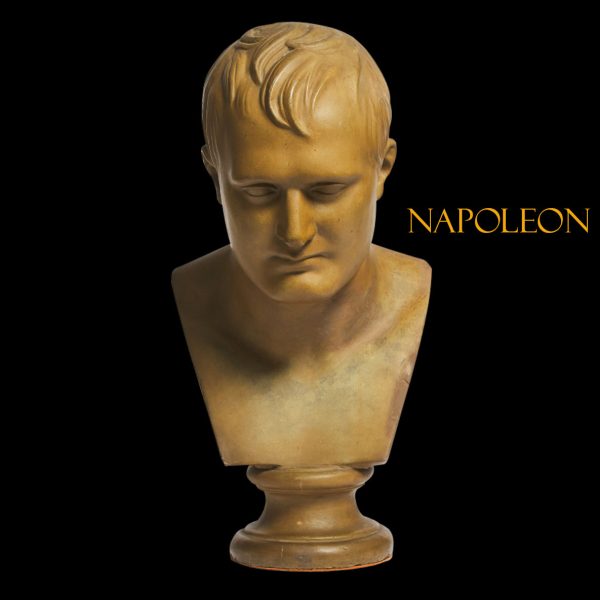
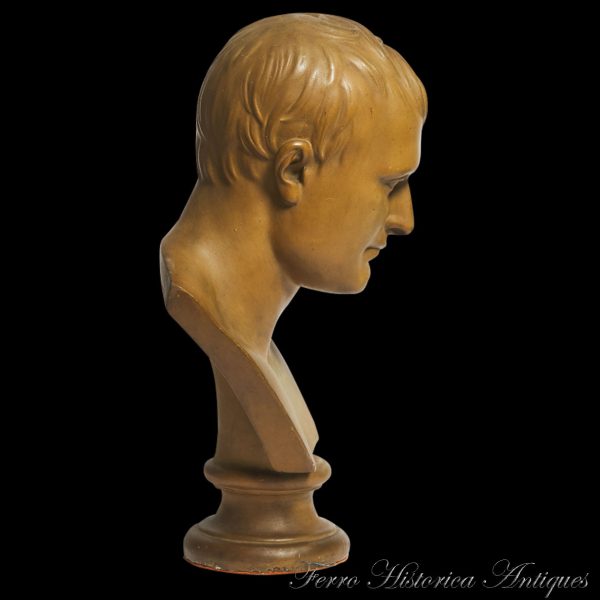
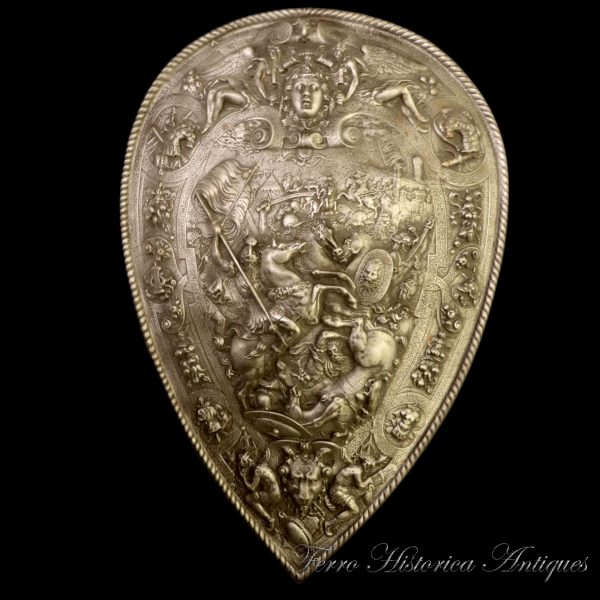
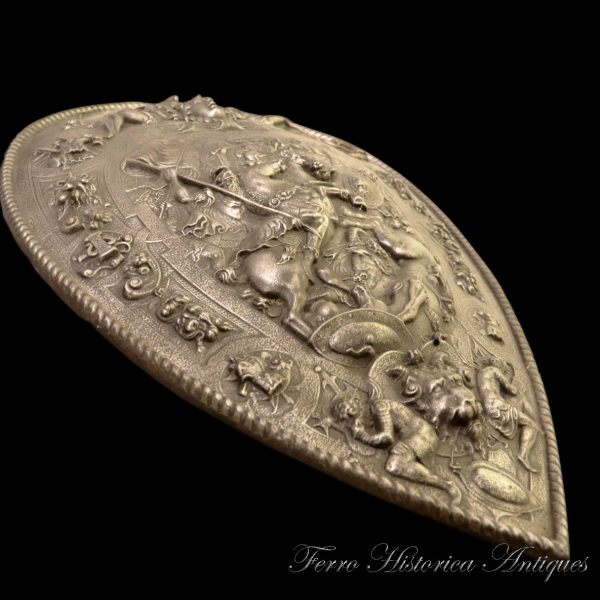
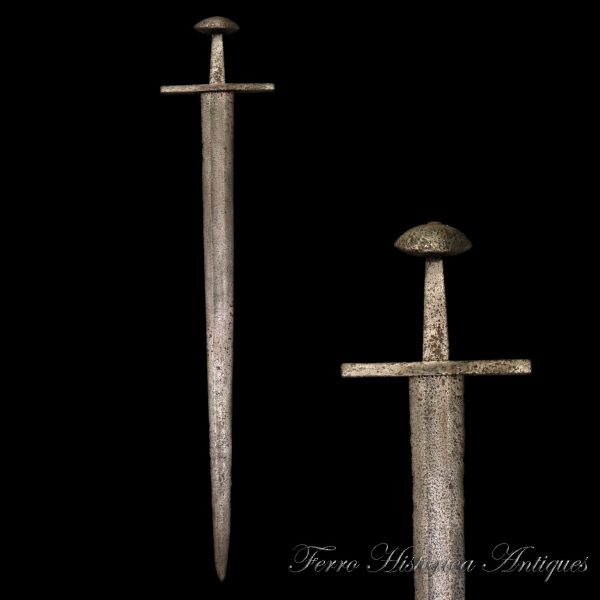
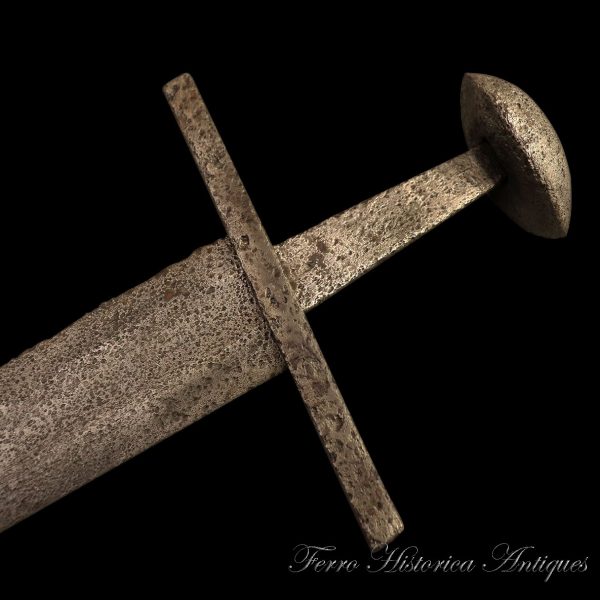
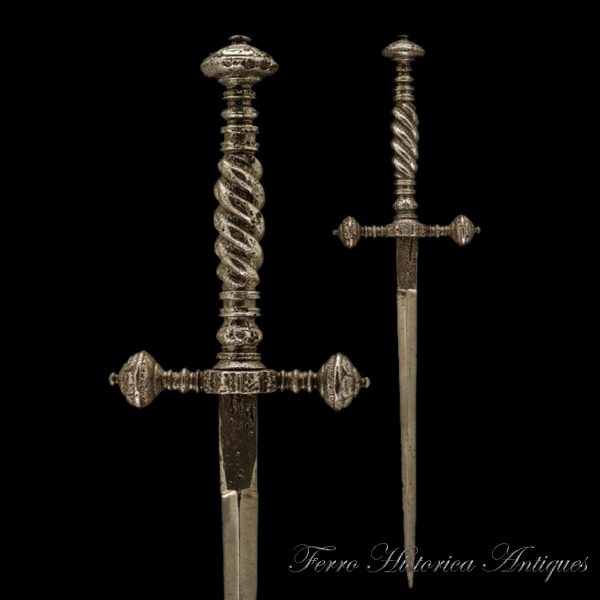
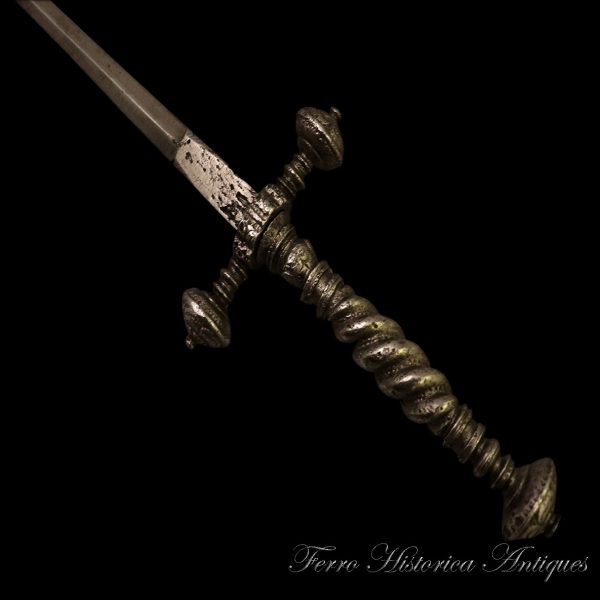
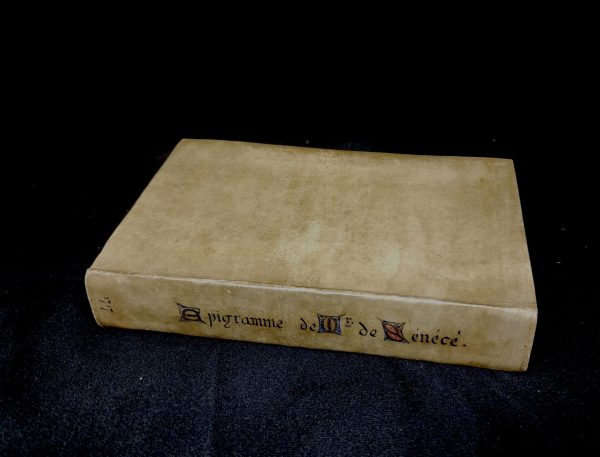
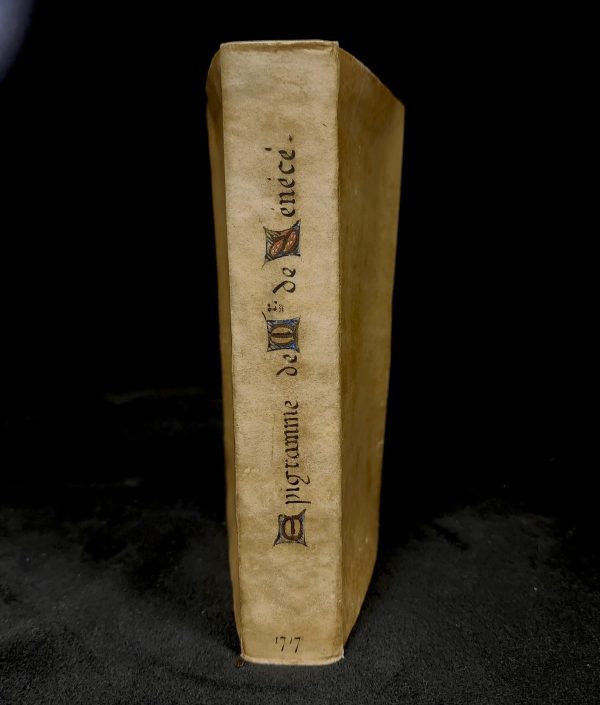
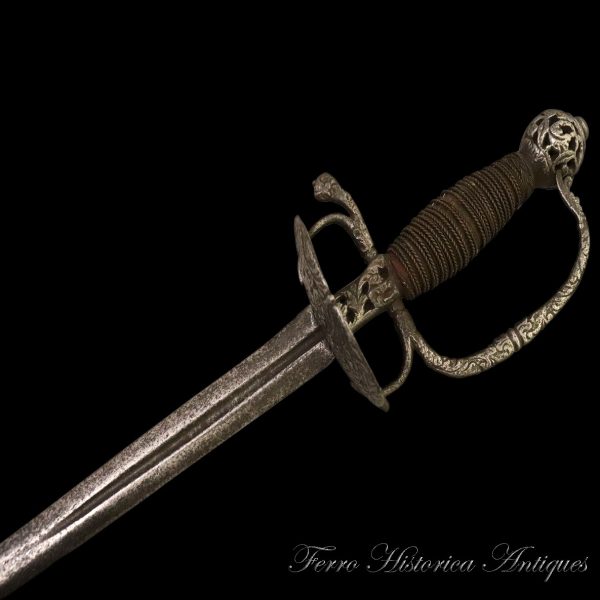
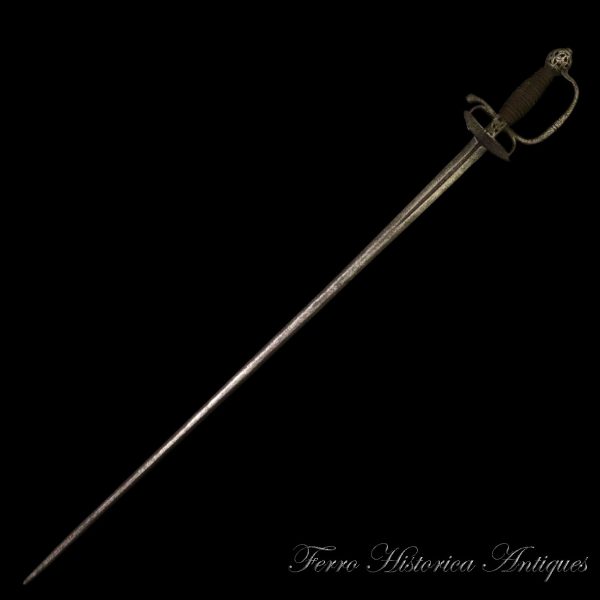
Reviews
There are no reviews yet.